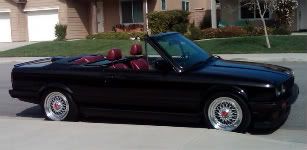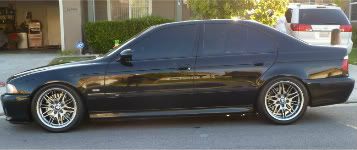remnds me of my trip to portland maine. Super small prop plane with a mojor cross wind. That pilot had some skills. 
I think two j's is just f ing with us to keep the thread going. That the only rational reason he is arguing about it. Anyone who does not agree the plane will take of as long as there is no parts failure should trade in their car keys for a bus pass. An e30 will just be far to dangerous in your hands. Your mind will not be able to handle going more than 50 mph. (Thats what people thought before the invention of the internal combustion engine)

I think two j's is just f ing with us to keep the thread going. That the only rational reason he is arguing about it. Anyone who does not agree the plane will take of as long as there is no parts failure should trade in their car keys for a bus pass. An e30 will just be far to dangerous in your hands. Your mind will not be able to handle going more than 50 mph. (Thats what people thought before the invention of the internal combustion engine)





Comment